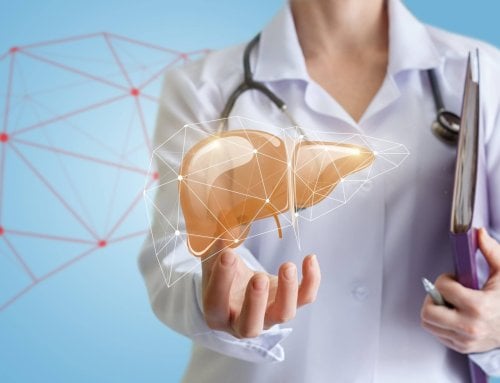Everyone wants a good night’s sleep. When you get that, you wake up refreshed and have the alertness to perform your job, do your chores and participate in your favorite recreational activities.
Did you know that problems with sleep can affect your HbA1C (hemoglobin A1C) and your morning glucose?
Obstructive Sleep Apnea (OSA) is significantly undiagnosed among obese individuals with type 2 diabetes, according to a study published in the June issue of Diabetes Care. The study, called Sleep AHEAD, found nearly 87% of participants reported symptoms of sleep apnea but were never diagnosed.
More than 30% of those patients had 16 to 20 pauses in breathing per hour while sleeping, and 22% had more than 30 episodes per hour.
“Doctors who have obese patients with type 2 diabetes need to be aware of the possibility of sleep apnea, even if no symptoms are present, especially in cases where the patient has a high BMI (body mass index) or waist circumference,” said lead author Gary Foster, PhD, from Temple University in a press release from the university.
Because of the obesity epidemic, the two problems are closely linked and recently a position paper from the International Diabetes Federation highlighted the following facts and urged doctors to question their diabetes patients so that sleep apnea, or sleep issues, could be diagnosed and treated.
- According to WHO, over 100 million people worldwide are affected by sleep apnea.
- Further studies suggest that OSA affects about 4% of men and 2% of women in the general population, however the prevalence rate is significantly higher in the obese population.
- A person with type 2 diabetes is two to four times more likely to develop cardiovascular disease (CVD), and 80% of people with diabetes will die from it.
- People with type 2 diabetes have a two to four times higher risk of coronary heart disease than the rest of the population, and their prognosis is poorer. The risk of cerebrovascular and peripheral vascular disease is also significantly higher.
- Estimates suggest that up to 40% of people with OSA will have diabetes, but the incidence of new diabetes in people with OSA is not known.
- In people who have diabetes, the prevalence of OSA may be up to 23%, and the prevalence of some form of sleep disordered breathing may be as high as 58%.
The real importance, however, is what happens to diabetes patients when sleep apnea is treated. The repeated stress from the abnormal breathing has been associated with insulin resistance. Sleep apnea may be associated with glucose intolerance regardless of body weight.
Another important study from Rush University and University of Illinois in Chicago showed that in diabetes patients with sleep apnea treatment resulted in improved glucose control without any change in medication.
Also reported in this study, is the average 1-hour post-meal glucose values were significantly reduced after treatment. For the entire study population, the mean post-breakfast glucose value decreased from 191 to 130, the post-lunch glucose level decreased from 196 to 138 and the post-dinner glucose level decreased from 199 to 137. HbA1C also showed a roughly 10% improvement.
A good night’s sleep can help your diabetes. If you have diabetes, are overweight and have a problem with your sleep such as snoring, by all means speak with your doctor. Evaluation and treatment can be an important part of your diabetes management.












Leave A Comment